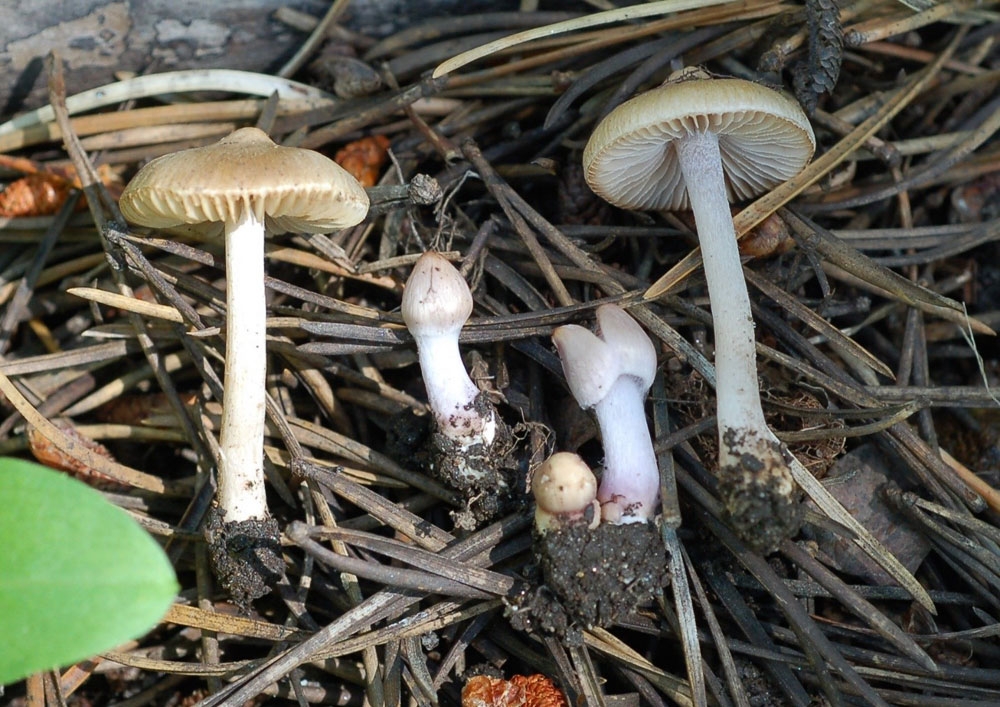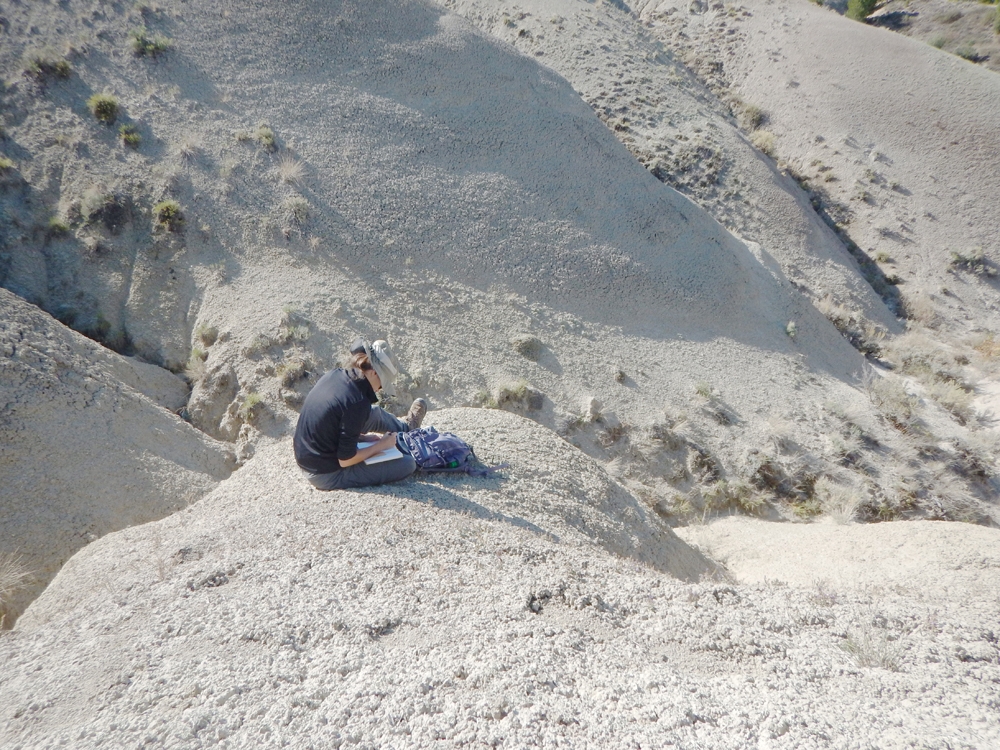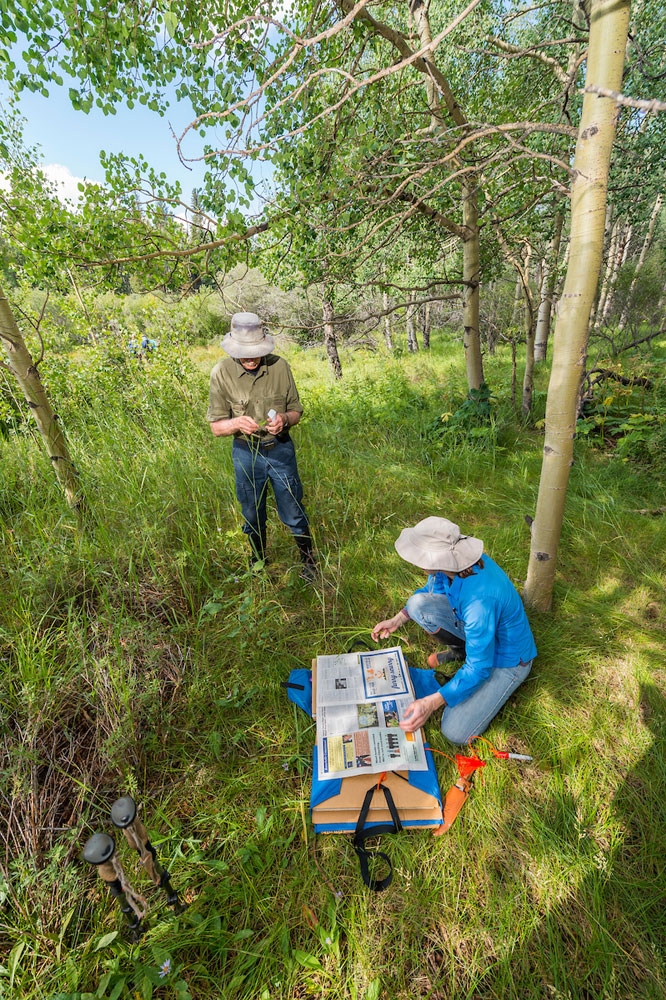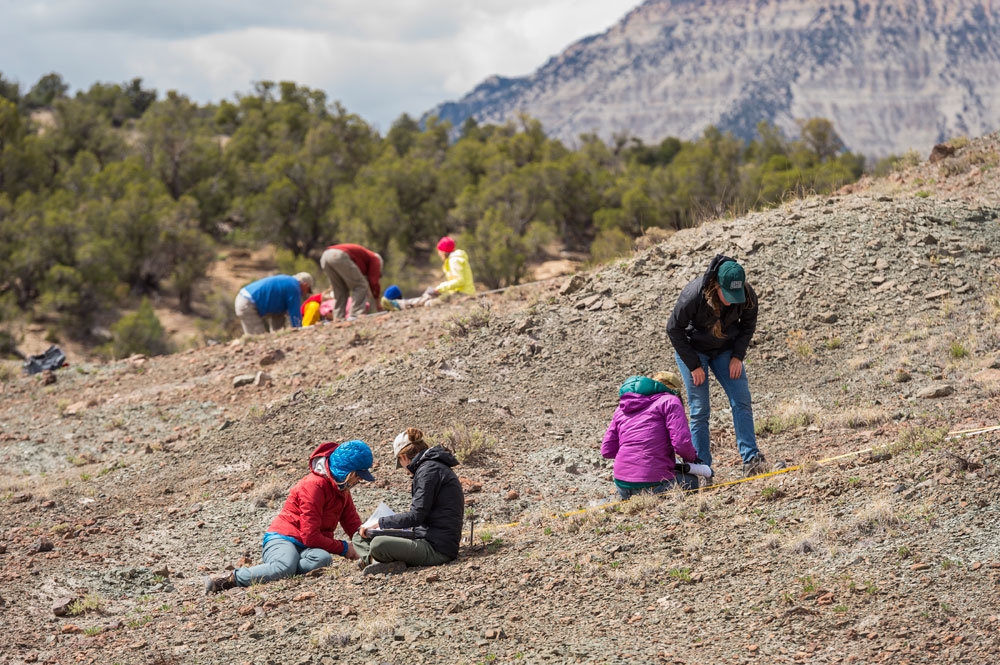Winter Planning for Summer Research Projects
Many of the beautiful places where we study plants and mushrooms are dormant and snow-covered this time of year, but the Research & Conservation department is still humming with activity! In the winter, our staff and volunteers identify herbarium specimens collected the previous year, analyze data, process samples, prepare publications and, of course, plan for the coming field season. As we look forward to the cactus blossoms we’ll find in May on the Western Slope, and the plump seed capsules we’ll find in September on the Front Range, we are also recruiting volunteers to help us with these research efforts this field season.
Our upcoming projects are all in the service of protecting and understanding the species around us. As part of a national undertaking by the Center for Plant Conservation, we are planning trips to hunt down 24 rare Colorado plant species. A small quantity of their seeds will be collected and stored at the National Laboratory for Genetic Resource Preservation for future research and restoration. Some plant species’ seeds do not keep well in seed banks, losing viability in dry and freezing conditions. Instead, species with these ‘recalcitrant’ seeds can be preserved as plants in living collections. Quercus sadleriana (Sadler’s oak) is one such species with recalcitrant seeds. We will be collecting its acorns from never-before sampled populations in Northern California and sending them to be grown in botanic gardens around the country, working with the American Public Gardens Association and US Forest Service.
For the Colorado Mycoflora Project, we are using DNA sequencing to delve into the tricky problem of identifying the glorious diversity of Colorado fungi. While different species may look the same, DNA helps us to delineate the species based on genetics.
In one of our longest-running conservation projects, we are monitoring rare Colorado plant populations to assess threats and inform management decisions. This involves returning year after year to the same spot to count and measure plants – we have been monitoring Astragalus microcymbus since 1995, Penstemon harringtonii since 1996, Eriogonum brandegeei since 2004, and Sclerocactus glaucus since 2007. This summer, we will be making three trips around Colorado to measure the plant populations.
Our floristics projects use the systematic collection of herbarium specimens to create a permanent record of where plant species have occurred - essential to understanding ecosystems and tracking change over time. Last year, in the Eastern Plains, we collected specimens representing 50 new county records, species not previously recorded in a county. This region is surprisingly unknown territory, botanically speaking, and we will continue exploring the distribution of grassland plant species this summer.
Finally, our floristics team is embarking on a new, major effort to document plant diversity along the High Line Canal this year. Once used to move water from the South Platte to farms east of Denver, the canal is now a 71-mile recreational corridor, with green spaces and wetlands. We will share what we learn with the High Line Canal Conservancy, which will help them manage the Canal for the benefit of the plants, wildlife and people that use it.
We could use some expert plant lovers to help with all this work! We are looking for new volunteer team members specifically for the High Line Canal plant surveys, long-term rare plant monitoring, and seed scouting. If any of these opportunities sound interesting to you, learn more and apply! Applications accepted until March 15.
More Information About Volunteering
This blog post was written by Jessie Berta-Thompson, Ph.D., adjunct researcher with the Research & Conservation Department at Denver Botanic Gardens.
Gallery




Add new comment